Jamie Hood and Charlotte Shane at Bookforum:
 JAMIE HOOD: Hello!
JAMIE HOOD: Hello!
CHARLOTTE SHANE: Hi! You look gorgeous—make sure to put that in.
HOOD: Oh, I will. An Honest Woman (Simon & Schuster, $26) is a sort of origin story, about the boys you grew up with and the cultural milieu of your youth, as well as an erotic Bildungsroman that eventually traces your history in sex work. I’m curious where you began.
SHANE: I went back to earlier writing and found a lot that surprised me. You learn how unreliable you are as a narrator, even to yourself. The more I looked, the more I realized one story—of how I was this homely teenager with few romantic options—was wrong. I had several boys who confessed their love to me, and this really good-looking boyfriend, but the facts of your life are not always the most important. I was so invested in this idea of being unattractive, I had to live my life that way, to be like, “Any guy who’s interested in me is weird, there’s something really wrong with him.” That feels so feminine: considering yourself from an ambiguous male vantage point. You’re trying to satisfy an ideal, but because it’s not the ideal of a real person, it’s impossible to meet the requirements. You exist in an aspirational state of failure.
more here.
Enjoying the content on 3QD? Help keep us going by donating now.

 When, on January 19, 1939, W.H. Auden boarded at Southampton a ship bound for New York City, he could not have known that he would never live in England again. But some months earlier, he had told his friend Christopher Isherwood that he wanted to settle permanently in the United States. Almost as soon as he arrived in New York, he began to rethink his calling as a poet, and, moreover, to reconsider the social role and function of poetry. (He also began a spiritual pilgrimage that would lead him to embrace the Christian faith of his childhood.)
When, on January 19, 1939, W.H. Auden boarded at Southampton a ship bound for New York City, he could not have known that he would never live in England again. But some months earlier, he had told his friend Christopher Isherwood that he wanted to settle permanently in the United States. Almost as soon as he arrived in New York, he began to rethink his calling as a poet, and, moreover, to reconsider the social role and function of poetry. (He also began a spiritual pilgrimage that would lead him to embrace the Christian faith of his childhood.)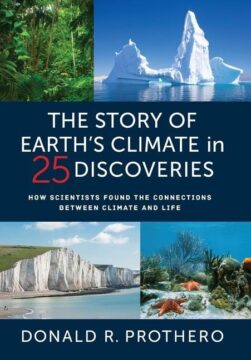 An important goal for Prothero is to explain how we know what we know so that readers understand how the climate works and why it changes. As such, much attention is given to the numerous lines of evidence on which palaeoclimatology draws. The fossils that show
An important goal for Prothero is to explain how we know what we know so that readers understand how the climate works and why it changes. As such, much attention is given to the numerous lines of evidence on which palaeoclimatology draws. The fossils that show 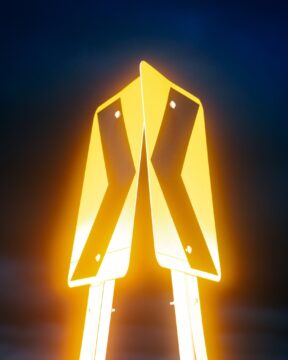 In a landmark study, the psychologist Philip Tetlock evaluated several decades of predictions about political and economic events. He
In a landmark study, the psychologist Philip Tetlock evaluated several decades of predictions about political and economic events. He 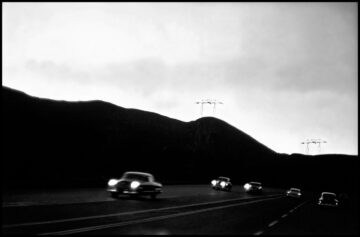 I want to make the case for the power of thinking in the third person. The first person, of course, comes quite naturally to us. We have a vivid sense of our experiences and perspectives: This is who and what I am. People will live their lives with “main character energy.” Yet, with a little more work, we can also view ourselves the way historians and social scientists might: as creatures shaped by larger forces and bound by a culture’s pre-written scripts. That means seeing ourselves as the inheritor and inhabitant of various social identities — and, therefore, as a person like every other.
I want to make the case for the power of thinking in the third person. The first person, of course, comes quite naturally to us. We have a vivid sense of our experiences and perspectives: This is who and what I am. People will live their lives with “main character energy.” Yet, with a little more work, we can also view ourselves the way historians and social scientists might: as creatures shaped by larger forces and bound by a culture’s pre-written scripts. That means seeing ourselves as the inheritor and inhabitant of various social identities — and, therefore, as a person like every other.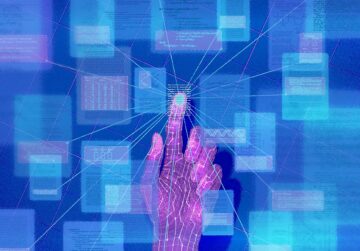 When Sam Rodriques was a neurobiology graduate student, he was struck by a fundamental limitation of science. Even if researchers had already produced all the information needed to understand a human cell or a brain, “I’m not sure we would know it”, he says, “because no human has the ability to understand or read all the literature and get a comprehensive view.”
When Sam Rodriques was a neurobiology graduate student, he was struck by a fundamental limitation of science. Even if researchers had already produced all the information needed to understand a human cell or a brain, “I’m not sure we would know it”, he says, “because no human has the ability to understand or read all the literature and get a comprehensive view.” In all of English there are few words rich enough in their history and variety of use to warrant a dedicated dictionary that runs to hundreds of pages and multiple editions. That fuck is at the same time one of the most notorious, popular, and emotive words in the language makes it all the more fascinating—and deserving of the attention given to it in this volume.
In all of English there are few words rich enough in their history and variety of use to warrant a dedicated dictionary that runs to hundreds of pages and multiple editions. That fuck is at the same time one of the most notorious, popular, and emotive words in the language makes it all the more fascinating—and deserving of the attention given to it in this volume.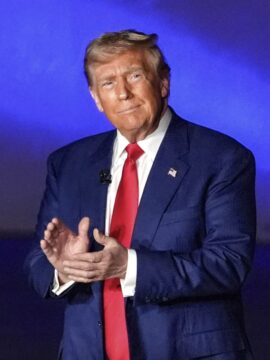 Weren’t they bothered that Trump is a convicted felon? An adjudicated rapist? Didn’t his invocation of violence against Liz Cheney, or 50 other examples of his disgusting imprecations, obviously disqualify him? And couldn’t they see that Harris, whatever her shortcomings, was a fundamentally smart, honest, well-meaning person who would show basic respect for the Constitution and wouldn’t do anything weird as president?
Weren’t they bothered that Trump is a convicted felon? An adjudicated rapist? Didn’t his invocation of violence against Liz Cheney, or 50 other examples of his disgusting imprecations, obviously disqualify him? And couldn’t they see that Harris, whatever her shortcomings, was a fundamentally smart, honest, well-meaning person who would show basic respect for the Constitution and wouldn’t do anything weird as president? L
L As a young boy growing up in the Netherlands in the 1990s, Sander van der Linden learned that most of his mother’s relatives, who were Jewish, had been killed by the Nazis, in the grip of racist ideology. At school, he was confronted with antisemitic conspiracy theories still circulating in Europe. It all got him wondering about the power of propaganda and how people become convinced of falsehoods.
As a young boy growing up in the Netherlands in the 1990s, Sander van der Linden learned that most of his mother’s relatives, who were Jewish, had been killed by the Nazis, in the grip of racist ideology. At school, he was confronted with antisemitic conspiracy theories still circulating in Europe. It all got him wondering about the power of propaganda and how people become convinced of falsehoods. Fiction about young girls has often been in thrall to silence, secrecy, and evasion. In Jane Austen’s Mansfield Park, for example, young Fanny Price moves on tiptoe, daring anyone to notice her. Instead, all the noticing is done by her. Her duty is not merely to stay in the shadows but also to remain quietly pleasant and accommodating. So, too, the young Catherine Sloper in Henry James’s Washington Square shares her feelings with no one, and thus her feelings deepen. She is at her most interesting when she is at her most silent and withdrawn.
Fiction about young girls has often been in thrall to silence, secrecy, and evasion. In Jane Austen’s Mansfield Park, for example, young Fanny Price moves on tiptoe, daring anyone to notice her. Instead, all the noticing is done by her. Her duty is not merely to stay in the shadows but also to remain quietly pleasant and accommodating. So, too, the young Catherine Sloper in Henry James’s Washington Square shares her feelings with no one, and thus her feelings deepen. She is at her most interesting when she is at her most silent and withdrawn. In the 19th and early 20th century, under English and Unites States law, jilted lovers could sue former partners for breaking their hearts. ‘Heartbalm torts’, which continue to be on the rulebooks of some US states to this day, were a category of legal actions that could be brought against romantic misconduct. The underlying idea was that wrongful romantic or sexual behaviour could cause harm that should be compensated by its causer. The sufferer of such harm, in turn, was entitled to receive damages, or solatium, from the inflictor. Most popular among the heartbalm torts were actions for broken engagements, adultery, and seduction.
In the 19th and early 20th century, under English and Unites States law, jilted lovers could sue former partners for breaking their hearts. ‘Heartbalm torts’, which continue to be on the rulebooks of some US states to this day, were a category of legal actions that could be brought against romantic misconduct. The underlying idea was that wrongful romantic or sexual behaviour could cause harm that should be compensated by its causer. The sufferer of such harm, in turn, was entitled to receive damages, or solatium, from the inflictor. Most popular among the heartbalm torts were actions for broken engagements, adultery, and seduction.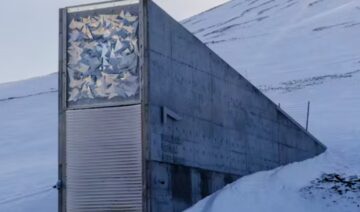 Two-thirds of the world’s food comes today from
Two-thirds of the world’s food comes today from